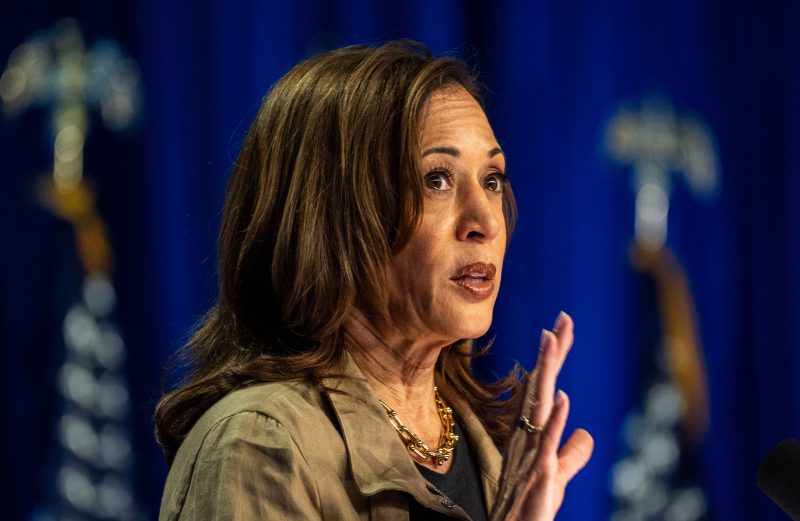
Harris vs. Trump: Economic and Border Divide – Does it Make a Difference?
In recent times, the stark differences in economic and border policies between the administrations of President Joe Biden’s Vice President Kamala Harris and former President Donald Trump have come to the forefront. These divergences highlight two distinct approaches to governance and ideology that have significant implications for the United States and its citizens.
Economic Policy Divide:
One of the key areas of disagreement between Harris and Trump lies in their economic policies. During his tenure, Trump championed deregulation, tax cuts, and a protectionist trade agenda aimed at bolstering domestic industries and boosting economic growth. In contrast, Vice President Harris has advocated for greater government intervention in the economy, increased taxes on the wealthy, and a focus on social welfare programs.
The differing economic philosophies of the two administrations have far-reaching implications for the country. Trump’s approach was characterized by a belief in free market principles and a reliance on private enterprise to drive growth. On the other hand, Harris’ policies are rooted in a more interventionist approach that seeks to address income inequality, promote social justice, and provide a safety net for those in need. The choice between these two ideologies will shape the economic landscape of the United States for years to come.
Border Policy Gulf:
Another area of significant contrast between the Harris and Trump administrations is their approach to border security and immigration. Trump ran on a platform of securing the border, cracking down on illegal immigration, and building a wall along the U.S.-Mexico border. His administration implemented strict immigration policies, including the controversial family separation policy, aimed at deterring illegal crossings.
In stark contrast, Vice President Harris has advocated for a more compassionate and humanitarian approach to immigration. She has called for the protection of immigrant rights, the reversal of Trump-era policies, and a pathway to citizenship for undocumented immigrants. Harris’ stance on immigration reflects a broader shift in the Democratic Party towards a more inclusive and humane approach to immigration policy.
The differing border policies of the two administrations reflect deeper divisions within American society regarding the role of immigrants and the importance of border security. While Trump’s policies resonated with many voters who prioritize national security and law enforcement, Harris’ more lenient approach appeals to those who value diversity, inclusivity, and the protection of human rights.
Implications and Challenges:
The deep divide between the economic and border policies of Harris and Trump underscores the broader ideological chasm that exists within American politics. These differences have real-world consequences for the country, shaping everything from economic growth and social welfare to immigration and national security.
Moving forward, the challenge will be to find common ground and bridge the gap between these two divergent visions for the United States. Compromise and cooperation will be essential to address the pressing issues facing the country and work towards a more equitable and prosperous future for all Americans. Ultimately, the choices made by policymakers today will shape the trajectory of the nation for generations to come.
